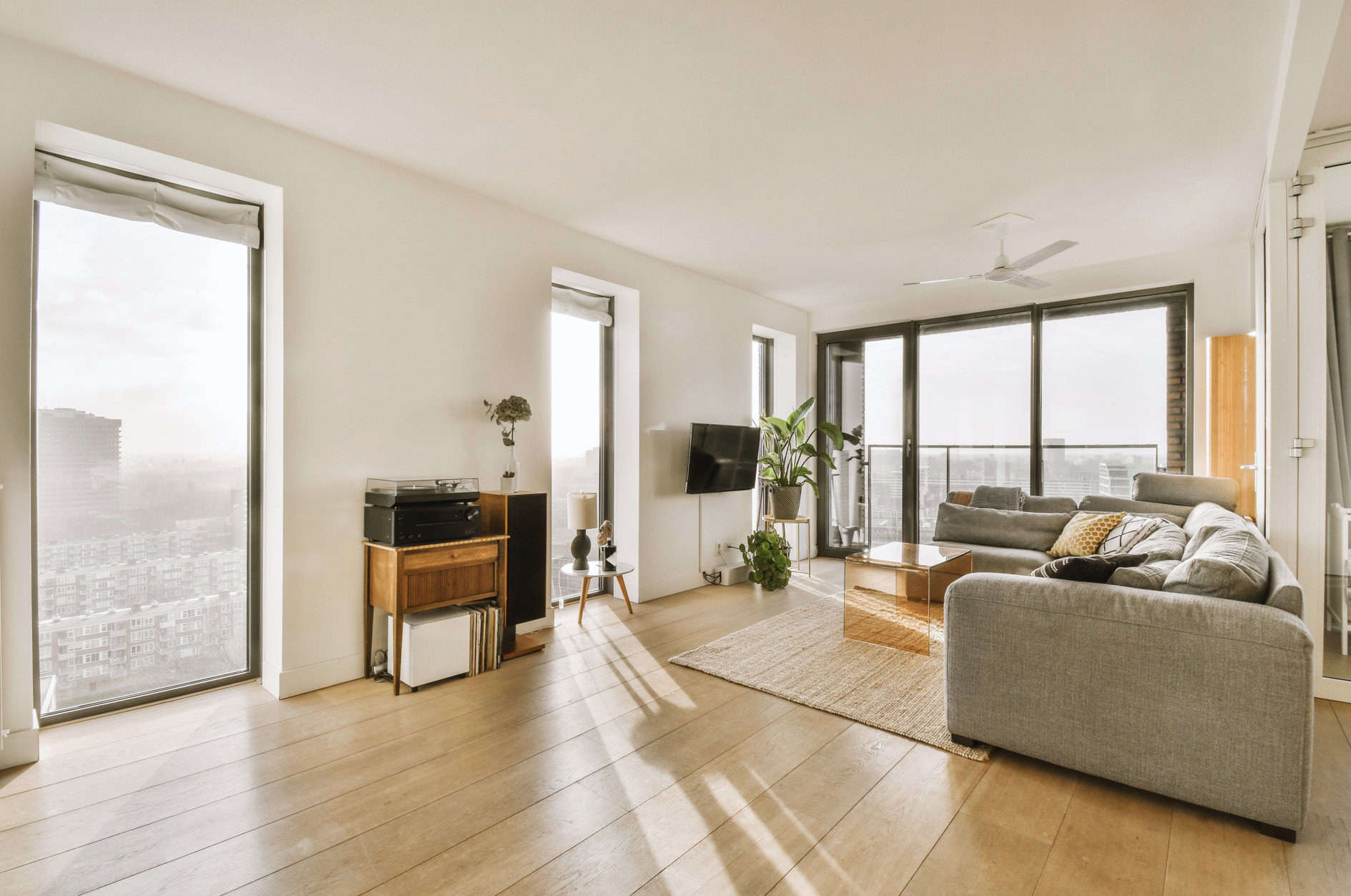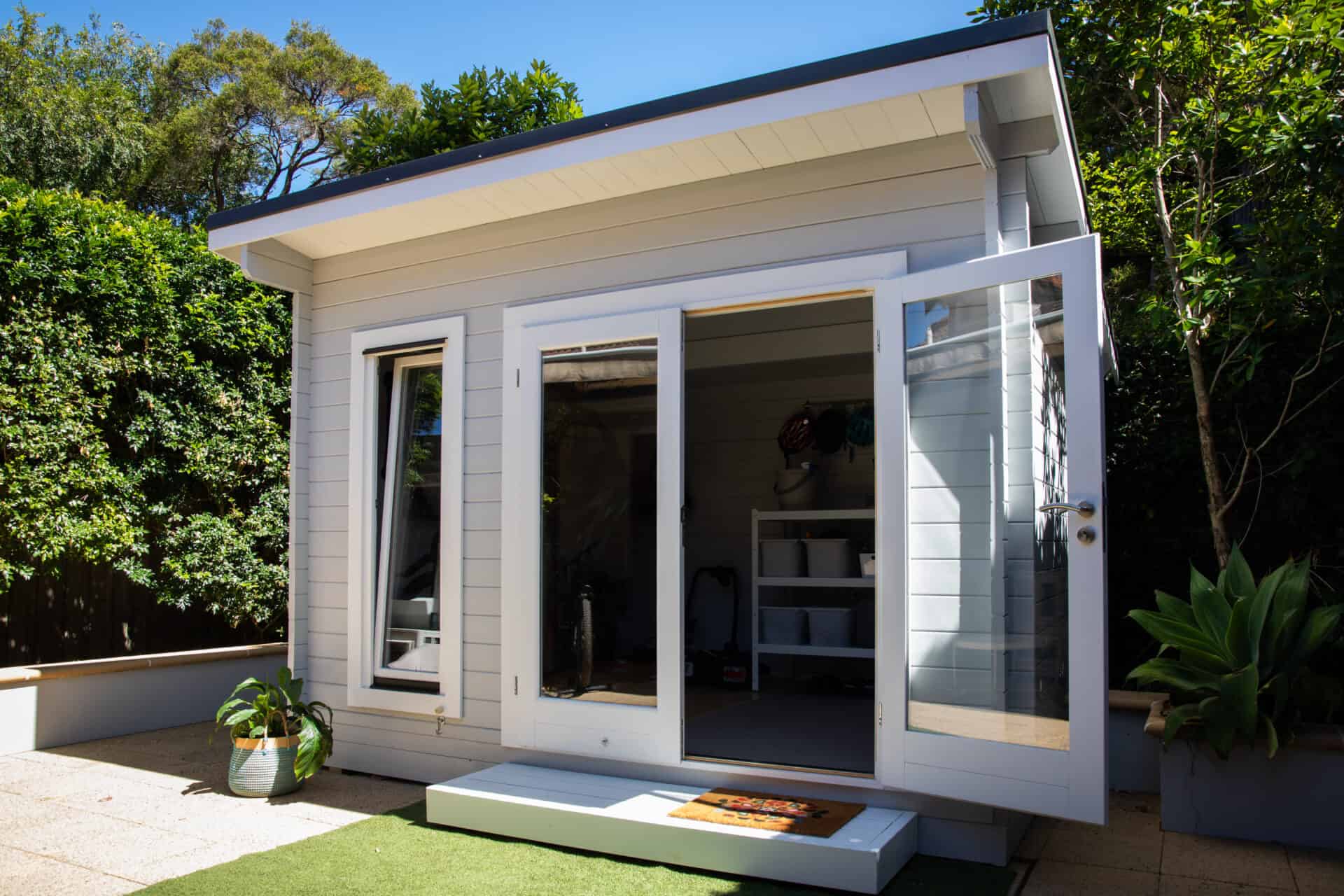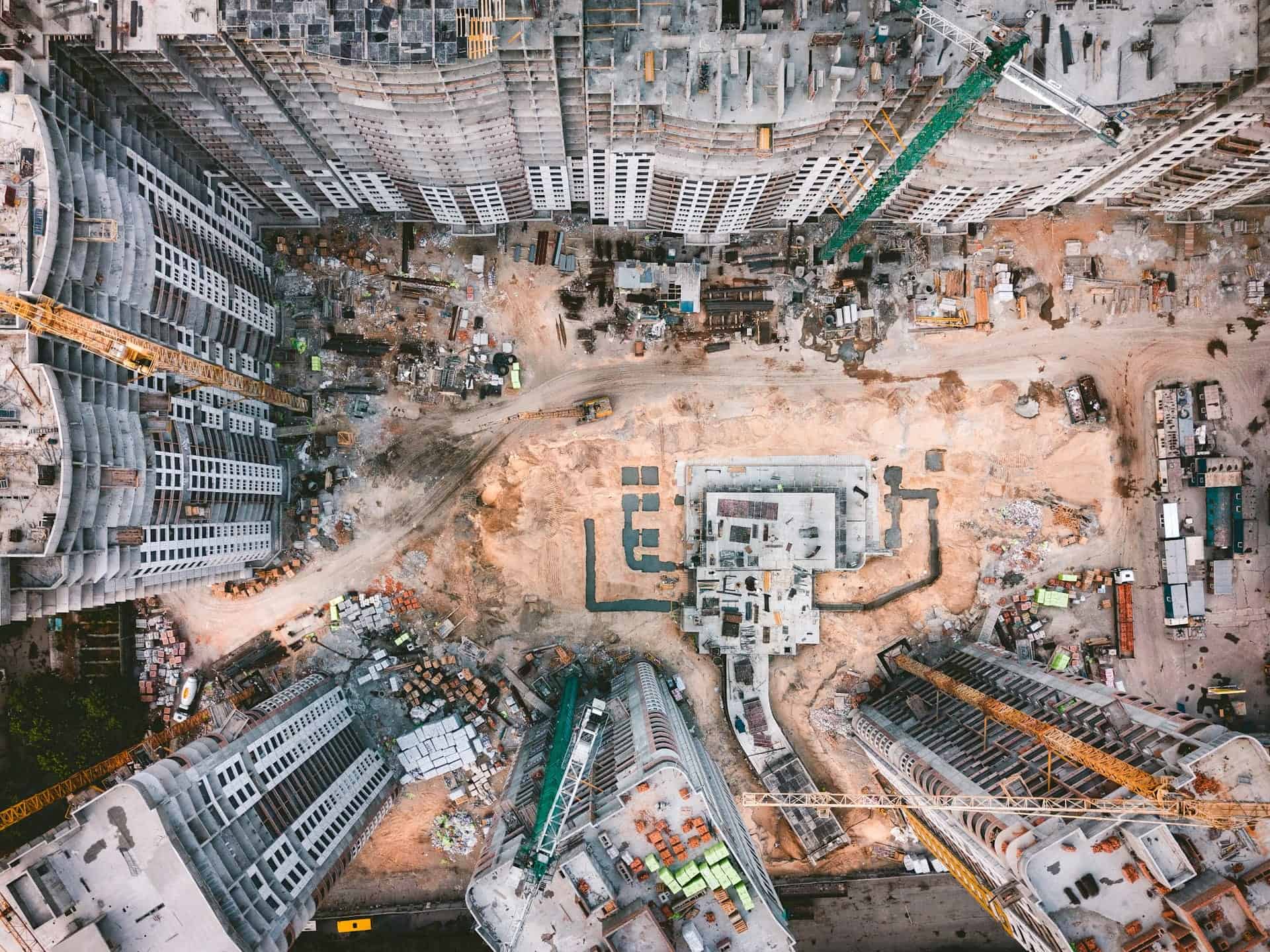Let’s say you’re a tenant who has just invested in a new fit-out for your leased property. You’ve installed office partitioning, desks, and other fixtures to create an ideal workspace. On the other side of the coin, you’re a landlord who has just welcomed a tenant with a brand-new fit-out.
In both scenarios, the question arises: who gets to benefit from the depreciation of these new assets?
Understanding how to navigate these depreciation rates can be a game-changer. But how do you make sense of the rules around tenant asset depreciation? What happens when a fit-out is left behind? And what are the implications for landlords installing new fit-outs?
Here’s what you need to know.
What is a Construction Fit-Out?
Construction fit-out refers to the process of making interior spaces suitable for occupation. It’s often used in relation to office developments, where the base construction is completed by the developer and the final fit-out by the tenant.
The fit-out usually involves installing the necessities for specific operations, whether it’s for an office, a retail store, or a restaurant.
Common elements in a fit-out can range from the basics like lighting, flooring, and partition walls, to more specific installations like office cubicles, kitchen facilities, or even specialised machinery in an industrial setting.
Understanding Depreciation in the Context of Construction Fit-Outs
Depreciation is the gradual decrease in the value of an asset over time. This decrease can be due to various factors, including wear and tear, age, or obsolescence. In the context of a construction fit-out, depreciation applies to the various elements installed in the property, such as lighting fixtures, partition walls, or flooring.
Why is understanding depreciation important for property owners, tenants, and landlords?
Well, depreciation can have significant tax implications. The Australian Taxation Office (ATO) allows property owners to claim a tax deduction for the depreciation of their assets over time. This can lead to substantial tax savings, making it a key aspect of property investment to understand and manage effectively.
However, navigating depreciation on a construction fit-out isn’t as straightforward as it seems.
And here’s why.

Tenant Asset Depreciation and Construction Fit-Out
Let’s consider a scenario where a tenant installs a new fit-out. The tenant can claim depreciation on these assets, effectively reducing their taxable income. And if these assets meet certain criteria set by the ATO, the tenant can claim an immediate write-off.
This is known as an Instant Asset Write-Off and essentially allows a tenant to claim 100% of the asset’s value as a tax deduction in the year of acquisition rather than depreciating it over several years.
Now, what happens if the tenant decides to leave the premises at the end of the lease or terminate the lease early?
If the lease contract requires the tenant to ‘make good’ – that is, return the premises to its original condition – they might choose to strip the premises of the fit-out they installed. In this case, they can claim the balance of the undeducted values of the assets as an immediate write-off. The reason for this is that the assets are no longer being used for income-generating purposes.
However, if the tenant decides to reuse the assets in a different setting or fit-out, the depreciation rules change slightly.
Let’s say, for example, they take a coffee machine from a cafeteria to another site. In this case, they can continue to depreciate the coffee machine, assuming it’s the same entity holding the asset. If there’s a change of ownership, new depreciation rates may need to be applied, as different legislation may apply depending on the year the asset was acquired.
What Happens When a Fit-Out is Left Behind?
When a tenant leaves behind a fit-out, ownership of the fit-out typically transfers to the landlord or new owner. Installations could include anything from office partitioning and desks to more specialised installations.
In such cases, the landlord or new owner is entitled to assess the remaining fit-out and depreciate it accordingly. In other words, they can claim a tax deduction for the decrease in value of these assets over time, potentially leading to significant tax savings.
The landlord or new owner also has the right to strip the fit-out and claim an immediate write-off if they wish. The decision could be a strategic one if, for example, they plan to renovate the property or install a new fit-out.

What are Construction Fit-Out Depreciation Rates?
In the context of a construction fit-out, the Australian Taxation Office (ATO) distinguishes between two types of depreciation: capital works and plant and equipment.
Capital Works Depreciation
Capital works, also known as Division 43, refers to the building’s structure and items that are permanently fixed to the property. This could include walls, roofs, doors, kitchen cabinets, bathroom fittings, and even the construction of driveways and fences.
The depreciation rate for capital works is generally 2.5% per year over 40 years for properties where construction commenced after September 15, 1987.
Plant and Equipment Depreciation
Plant and equipment, also known as Division 40, refers to removable assets or mechanical fixtures within the property. This could include appliances, carpets, blinds, and even assets like fire extinguishers and security systems.
The depreciation rates for plant and equipment assets are not uniform. They depend on the effective life of the asset, as determined by the ATO. For example, a carpet might have an effective life of 10 years, while a dishwasher might have an effective life of 5 years.
The depreciation rate is calculated based on this effective life, using either the prime cost or diminishing value method.
In the prime cost method, the deduction for each year is calculated as a percentage of the cost. In the diminishing value method, the deduction is calculated as a percentage of the balance you have left to deduct.

The Role of a Quantity Surveyor in Determining Depreciation Rates
A quantity surveyor is a professional who specialises in estimating and managing costs in construction and building projects, including the calculation of depreciation rates for construction fit-outs.
They have the expertise to identify all the depreciable assets in a fit-out, estimate their value, and calculate their effective life, which is the period over which an asset can be depreciated.
Quantity surveyors play a key role in ensuring that you claim the maximum allowable depreciation deductions on your fit-out. They can provide a detailed depreciation schedule, which outlines the depreciation claims you can make each year.
A tax depreciation schedule can be a valuable tool in managing your tax obligations and optimising your financial outcomes.
Key Takeaways
- Depreciation: A significant tax consideration for construction fit-outs, with different rules for tenants and landlords.
- Tenant Asset Depreciation: Tenants can claim depreciation on new fit-outs and may be eligible for an immediate write-off.
- Fit-Outs Left Behind: Landlords can claim depreciation on fit-outs left behind by tenants.
- New Fit-Outs by Landlords: Depreciation rules vary depending on the use of the fit-out.
- Depreciation Rates: Determined by the ATO, these rates vary for capital works and plant and equipment.
- Role of a Quantity Surveyor: Key for determining accurate depreciation rates.
Remember, every fit-out is unique, and the depreciation rules can vary depending on a range of factors. Therefore, it’s always advisable to seek professional advice tailored to your specific circumstances.
If you’re looking for expert guidance on construction fit-out depreciation, our team is here to help. We offer a range of services to help you navigate the complexities of depreciation and optimise your financial outcomes.

Ready to get started?
Talk to one of our friendly property experts to get a free quote or more Information.







